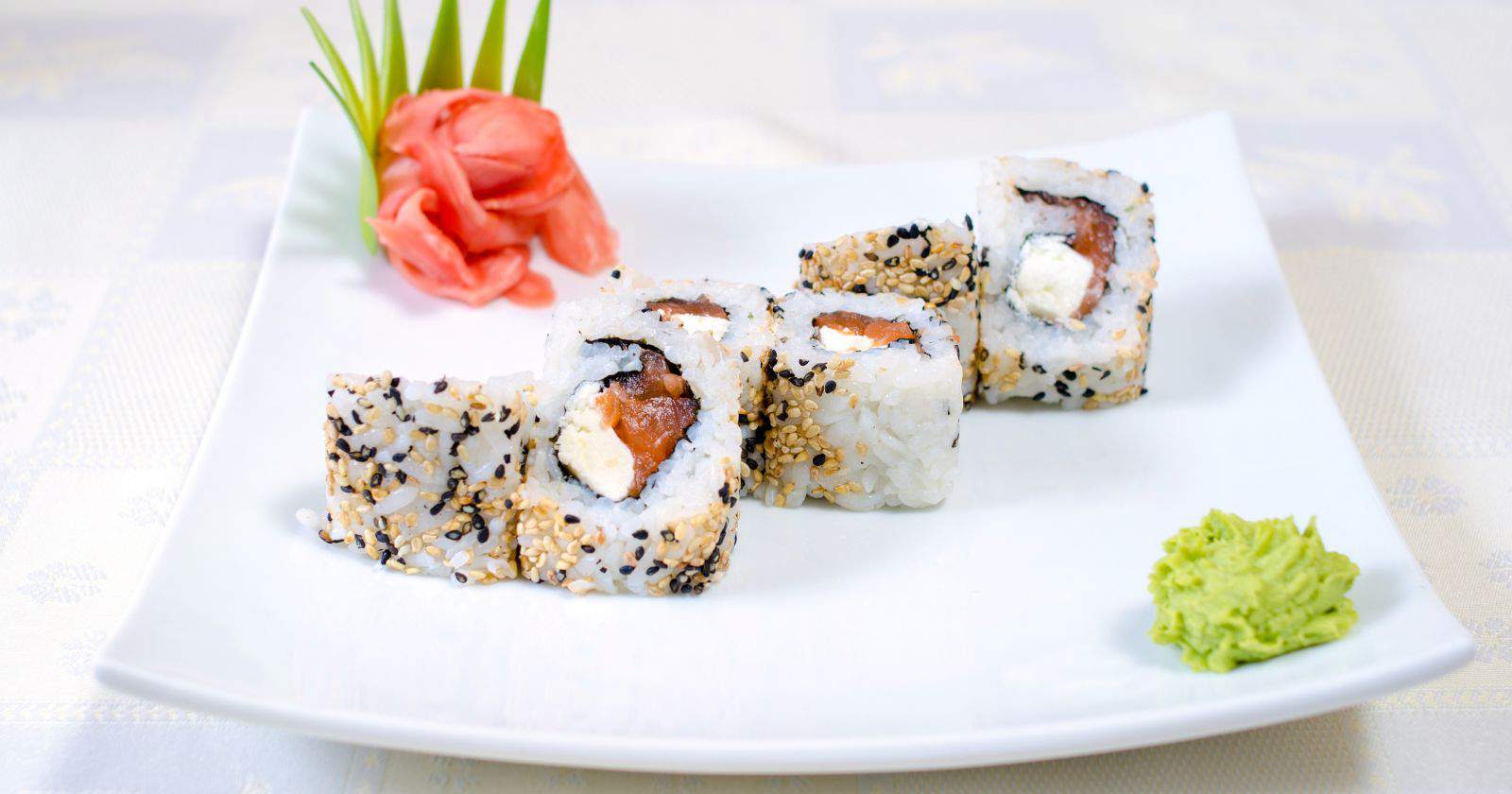Is sushi rice gluten-free? The short answer is yes. As someone who needs to avoid gluten, you may have concerns about whether sushi rice is safe to eat. After all, many soy sauces contain wheat. However, you can breathe easy when it comes to sushi rice itself.
Rice is naturally gluten-free. That includes short-grain Japanese rice used to make sushi. Rice vinegar added to make the rice sticky is also gluten-free. So at its core, sushi rice is 100% gluten-free.
However, some sushi rice recipes do call for ingredients that may contain gluten. It’s crucial to read labels and know your ingredients. For example:
- Soy sauce often contains wheat. Opt for tamari instead.
- Mirin may be made with barley malt. Check for gluten-free brands.
- Not all vinegars are created equal. Rice vinegar is safe, but malt vinegar is not.
When preparing sushi rice:
- Rinse the rice several times before cooking to remove excess starch.
- Verify all ingredients in the recipe are gluten-free.
With careful ingredient selection, you can enjoy sushi rice worry-free. Read on to learn more tips for gluten-free sushi making and eating!
Sushi Rice is Naturally Gluten Free
All rice, including Japanese short-grain rice used for sushi, is naturally gluten-free. Rice does not contain any gluten proteins. So you don’t have to worry about the rice in sushi, even when dining out.
Rice vinegar added to make sushi rice sticky is also gluten-free. It’s made from fermented rice and does not contain any gluten sources like wheat, rye or barley.
So at its core, traditional sushi rice only contains two gluten-free ingredients – short grain rice and rice vinegar. This makes the rice itself safe to eat on a gluten-free diet.
Be Aware of Other Ingredients
While sushi rice is gluten-free, some restaurants or sushi rice recipes add other ingredients that may contain gluten. The main ones to look out for include:
Soy Sauce
Many soy sauces contain wheat. So regular soy sauce is off limits on a gluten-free diet.
Always opt for tamari instead of regular soy sauce. Tamari is traditionally made without any wheat. Double check the label to verify it’s 100% gluten-free.
If you’re dining out, ask for gluten-free soy sauce for your sushi. Most sushi restaurants will accommodate this request.
Mirin
Mirin is a sweet Japanese rice wine used in sushi rice. Many brands contain barley malt, which has gluten.
So always verify your mirin is gluten-free before using it. Ask your sushi chef as well if mirin is used in their rice.
Vinegar
Rice vinegar is safe for gluten-free diets. However, other types of vinegar like malt vinegar contain gluten.
Malt vinegar is made from barley malt. So be sure you know what type of vinegar is used in sushi rice recipes or at restaurants.
Tips for Preparing Gluten-Free Sushi Rice
If you want to make your own sushi rice at home, here are some tips:
- Rinse the dry rice several times in water before cooking. This removes excess starch that can make the rice sticky.
- Verify all ingredients in the recipe are gluten-free. Check soy sauce, mirin and vinegar especially.
- Cook the rice following package directions. Don’t overcook, as this can make it mushy.
- Add vinegar, sugar and salt once rice is cooked. Gently fold to combine.
- Allow rice to cool before making sushi rolls or nigiri. This helps it bind better.
- Use gluten-free tamari as a dipping sauce. You can also use gluten-free gari (pickled ginger) and wasabi.
Gluten-Free Substitutes for Sushi Rolls
Sushi rolls often contain ingredients like wheat noodles or breaded seafood. Here are some gluten-free subs:
- Sub rice paper wrappers for nori. These translucent sheets are made from rice and water.
- Use tempura veggies instead of shrimp. Make sure batter is gluten-free.
- Swap wheat noodles for rice noodles. Verify no wheat in ingredients.
- Choose tuna, salmon or yellowtail sashimi. These fish slices are gluten-free.
- Load up on veggies like cucumber, carrots and avocado. Fresh produce is naturally gluten-free.
How to Order Gluten-Free Sushi at Restaurants
Eating out for sushi when gluten-free requires some care. Here are tips to stay safe:
- Tell your server you need gluten-free options. Ask about ingredients and preparation.
- Request sashimi or vegetable rolls. These are less likely to have hidden gluten.
- Ask for rolled rice paper instead of nori. Rice paper makes any roll gluten-free.
- Bring your own gluten-free soy sauce. Use instead of the restaurant’s sauce.
- Avoid tempura batter or wheat noodles. Opt for sushi without them.
- Check that fryers don’t also cook breaded items. Shared oil is risky for celiacs.
- ** politic recommends gluten-free by the chefs.** More restaurants offer this option now.
You Can Enjoy Sushi on a Gluten-Free Diet
Traditional sushi rice made from short grain Japanese rice and rice vinegar is naturally gluten-free. But some added sushi ingredients like soy sauce, mirin and malt vinegar can contain gluten.
By preparing your own sushi rice at home using 100% gluten-free ingredients, or ordering carefully at restaurants, you can safely enjoy sushi on a gluten-free diet. With some simple swaps like tamari, rice paper or sashimi, sushi restaurants don’t have to be off limits.
Does sushi rice seem safer to you now? Let me know if you have any other concerns about eating sushi gluten-free!





